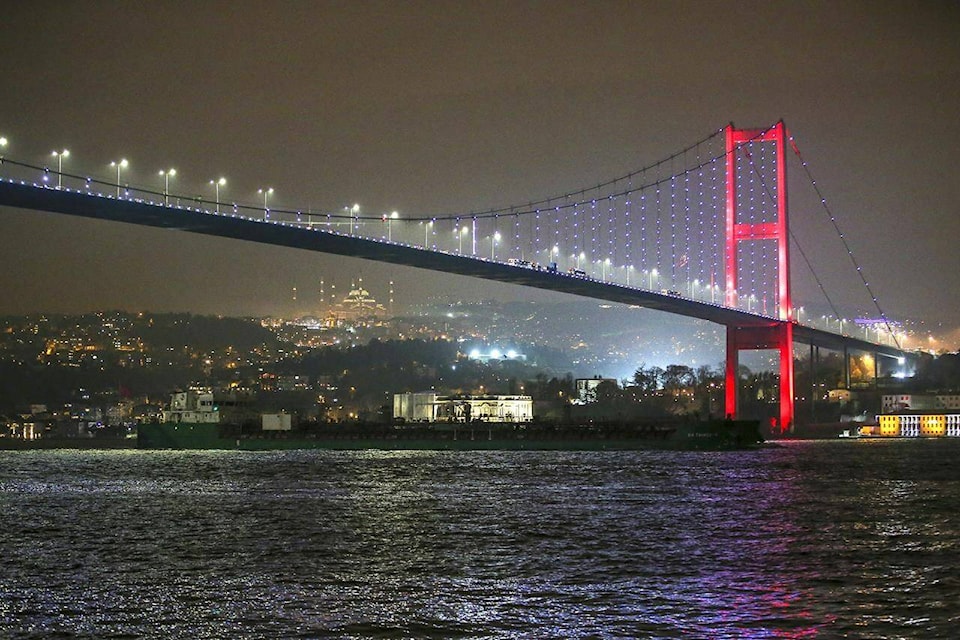The federal Finance Department says Canada is joining its fellow G-7 countries plus Australia to expand caps on Russian oil to include seaborne petroleum products from that country.
The department says the maximum price for seaborne Russian-origin petroleum will be US $100 per barrel for “premium-to-crude” products as of Sunday, and US $45 for “discount-to-crude” products.
It says in a news release the new caps build on a Russian crude oil price limit announced in December, adding both moves will weaken President Vladimir Putin’s ability to fund the war against Ukraine.
The Department of Finance says the caps will be enforced by prohibiting buyers who do not abide by the price caps from obtaining services from companies in the G7 or Australia.
It says the price cap mechanism has been designed to reduce Russian revenues while recognizing the importance of stable energy markets and minimizing negative economic effects.
Finance Minister Chrystia Freeland says Russian oil revenues have already declined since the first price cap took effect and the additional price caps “will be another blow to Putin’s war chest.”
The Canadian Press
